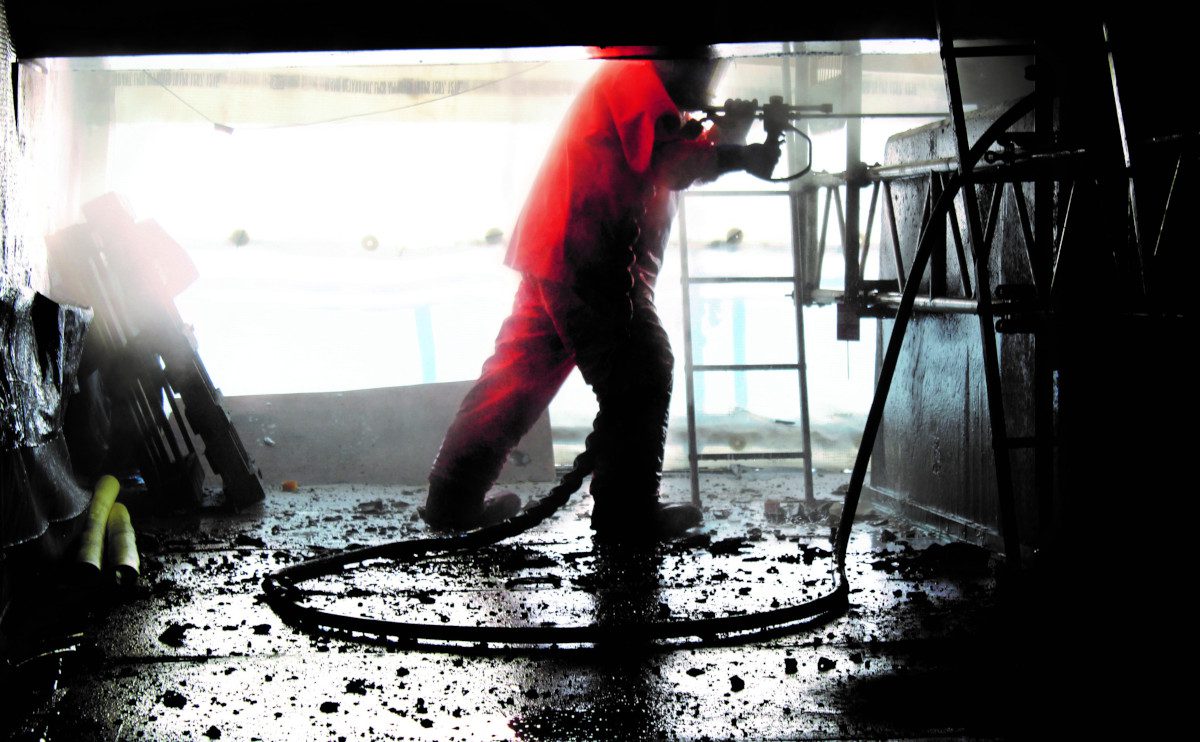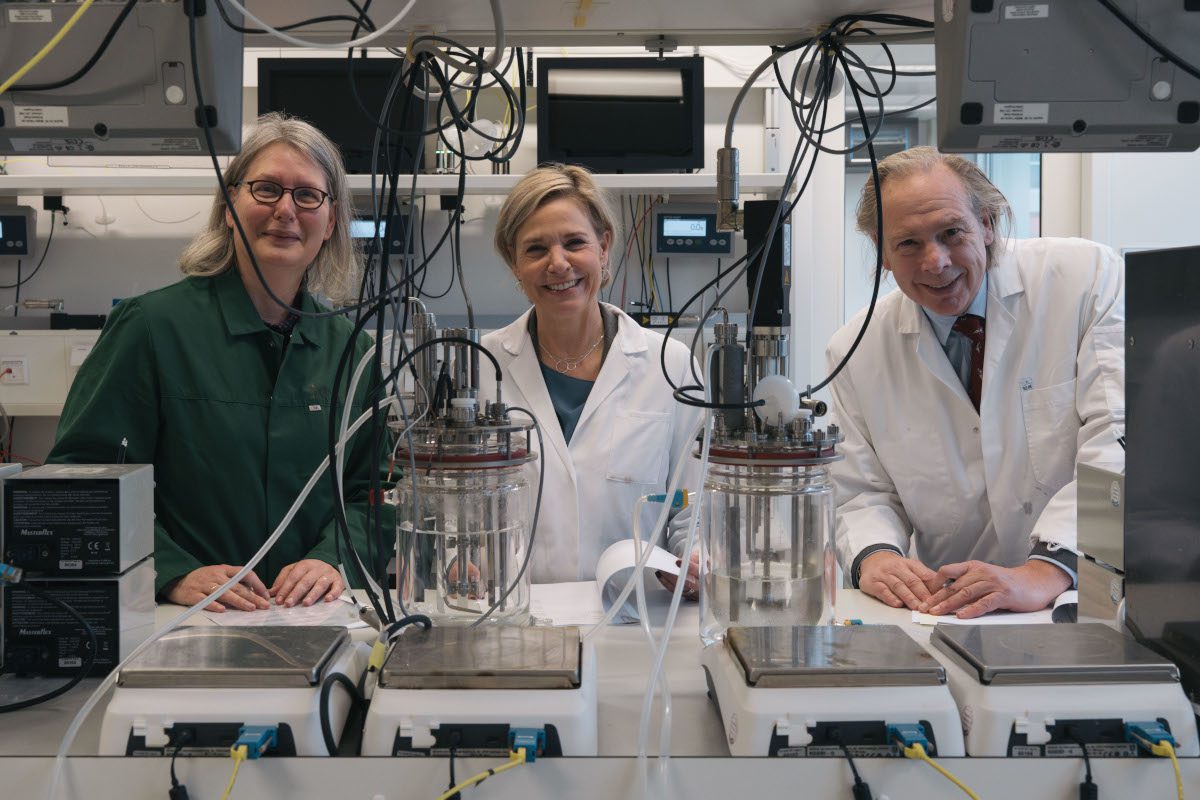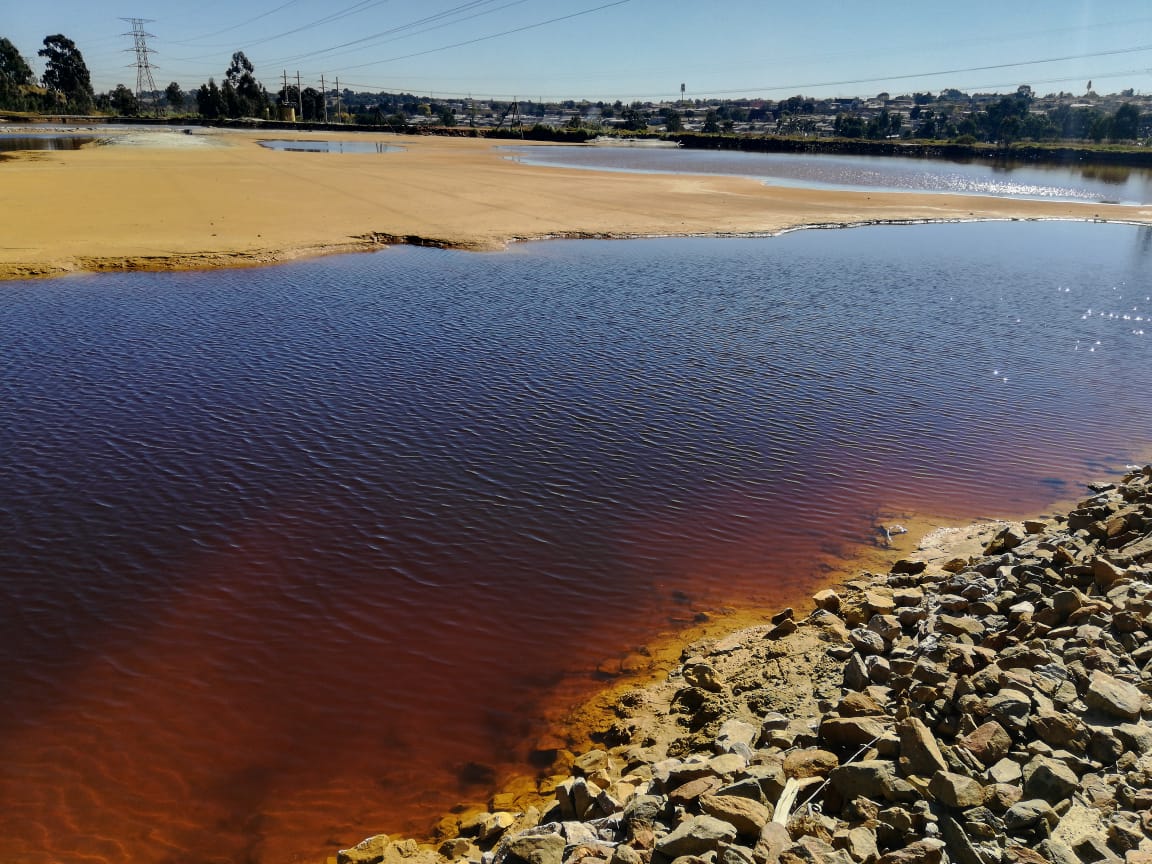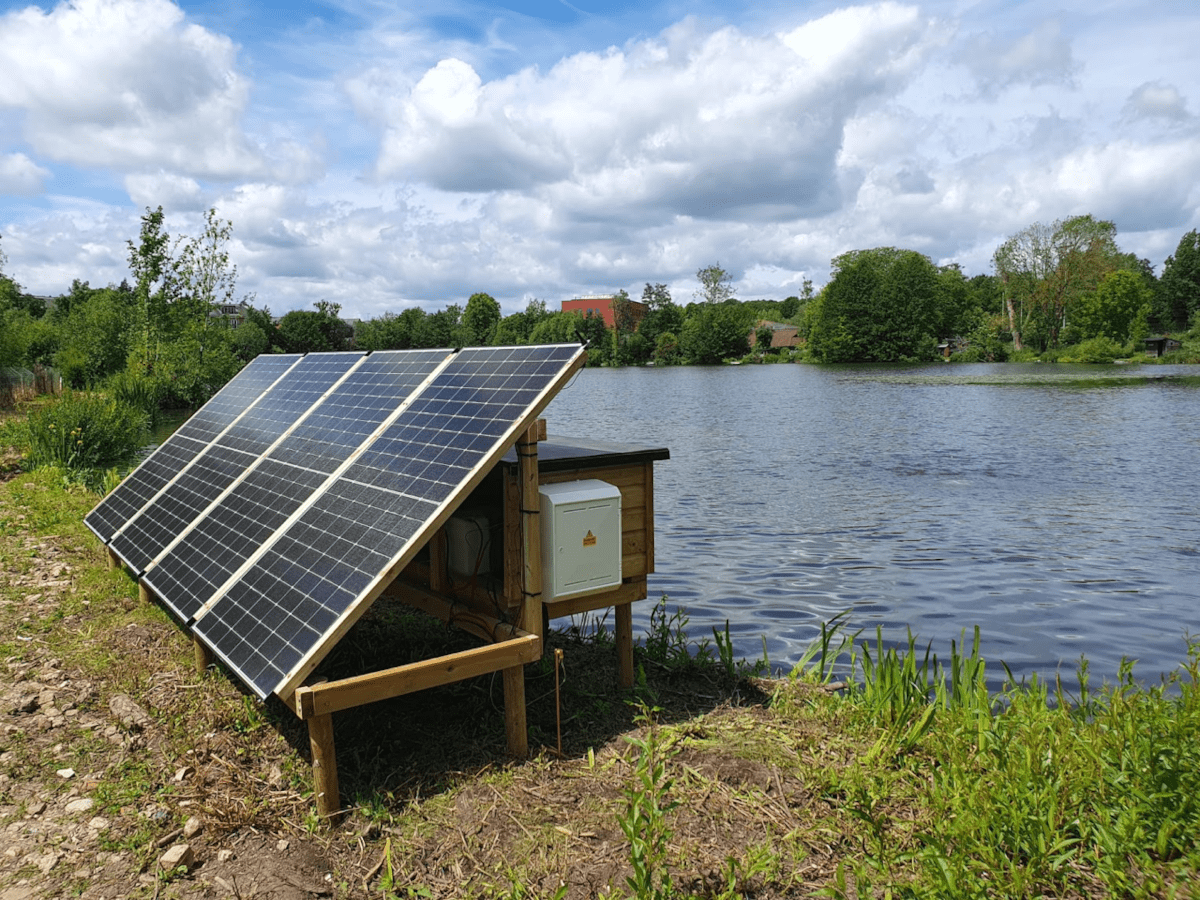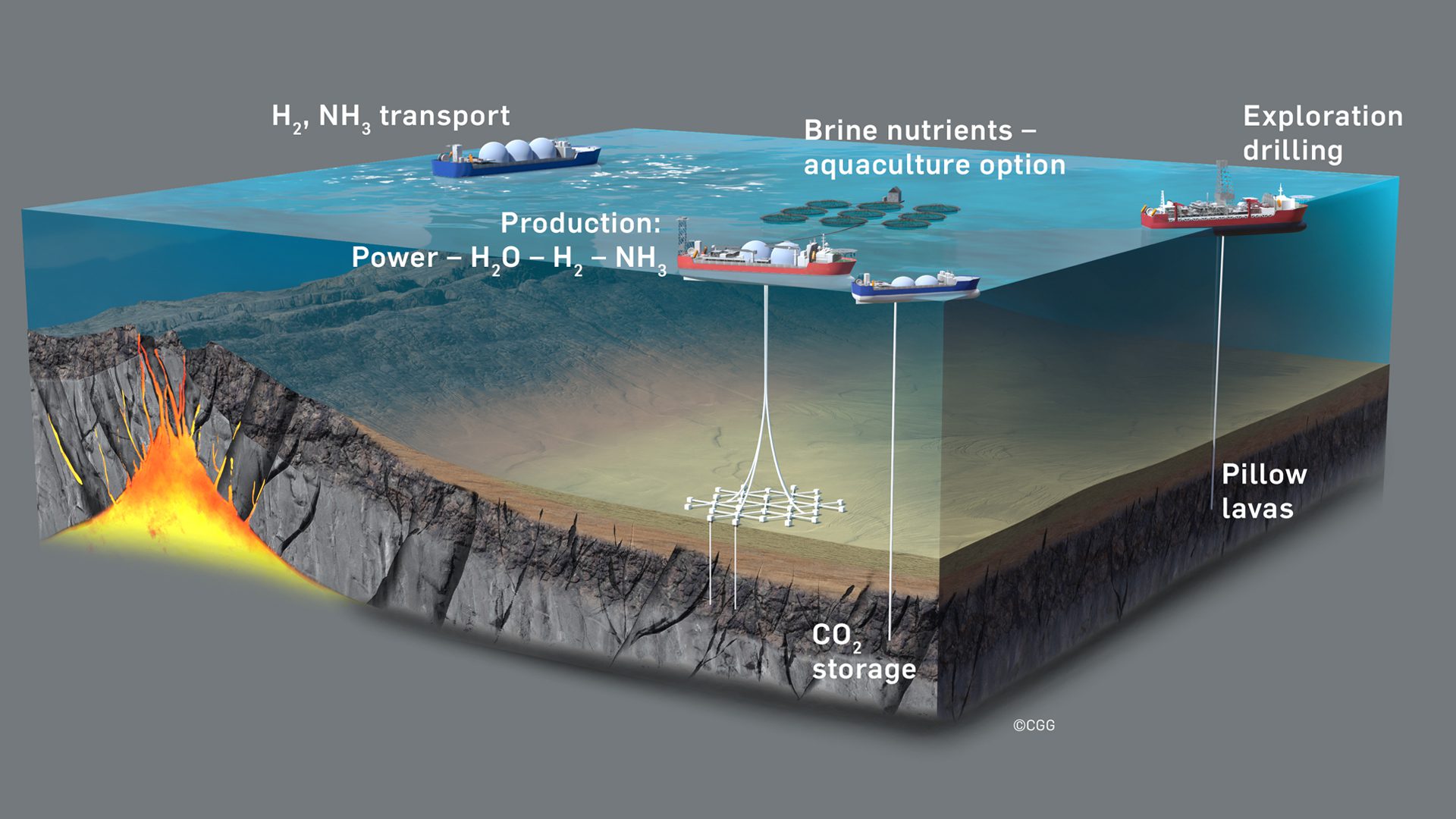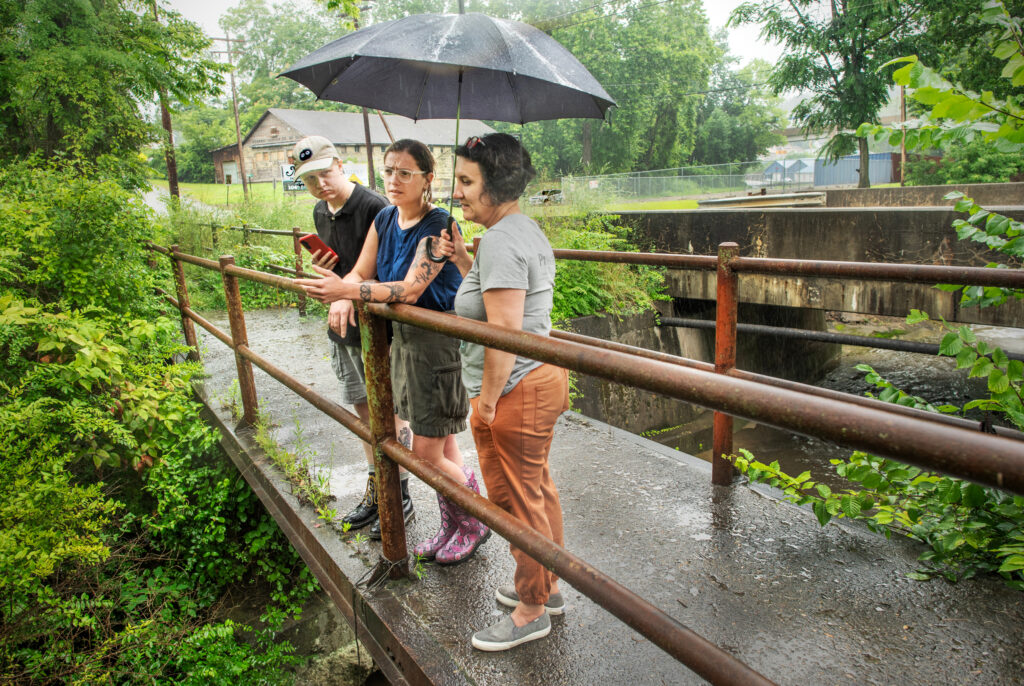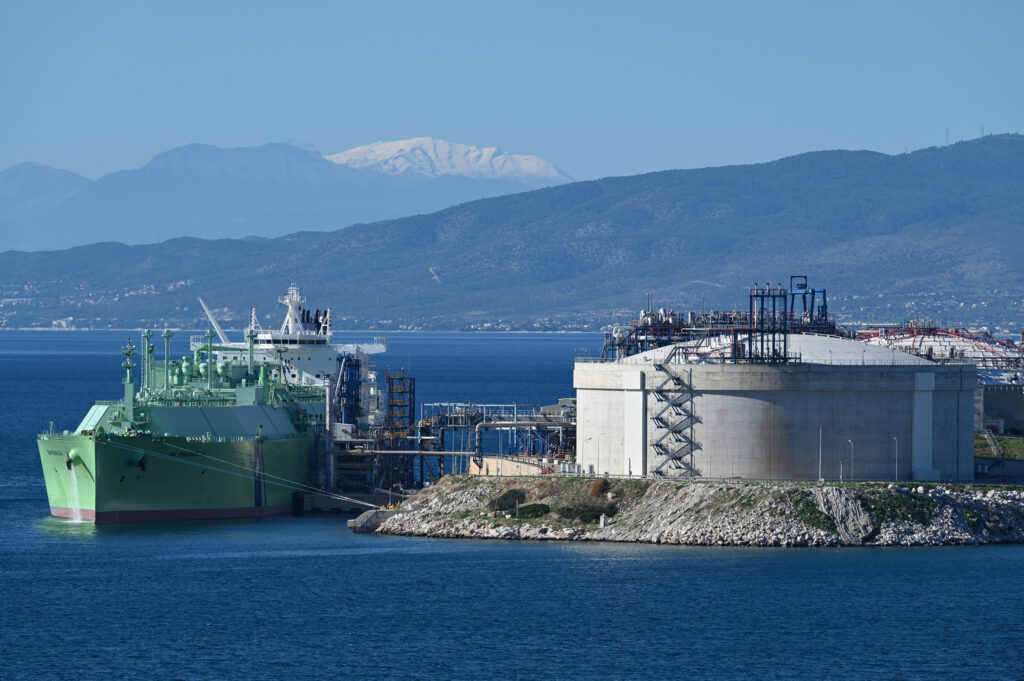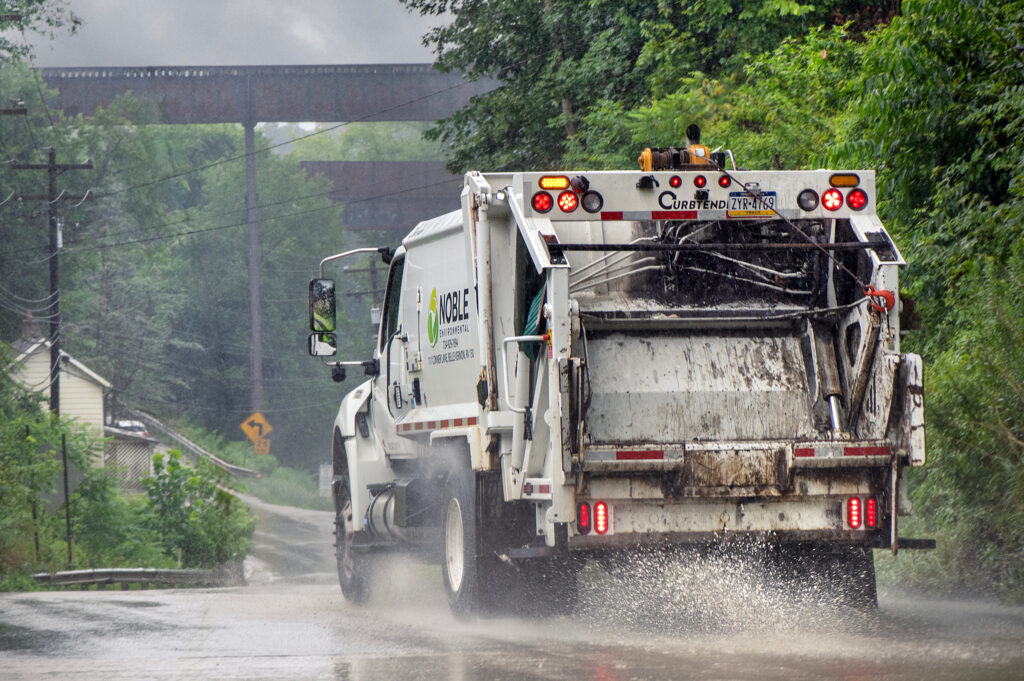A major collaborative study into alternative approaches to phosphorus removal at rural wastewater treatment works has delivered promising results, with one new method already in use by a UK water company.
The ALT-P project was led by United Utilities, with project partners Southern Water, Wessex Water, University of Portsmouth, Power & Water, Kolina, Hydro Industries and Evergreen. Spring Innovation was the knowledge-sharing partner.
Due for completion in November 2025, ALT-P aims to provide the water industry with a holistic view of the cost, capability, operation, maintenance and carbon impact of sustainable phosphorus removal approaches. The project’s goal is to help companies reduce reliance on chemicals, in particular metal-based coagulants such as ferric sulphate.
After receiving funding through Ofwat’s Water Breakthrough Challenge in 2021, researchers focused on three alternative phosphorus removal methods – electrocoagulation, natural coagulation and reactive media. A range of different technologies from various providers were explored in lab tests and onsite trials.
Findings from each study were shared during United Utilities’ ALT-P project day on 17 September 2024 and have also been published on the Spring knowledge-sharing platform. In summary, these are the findings:
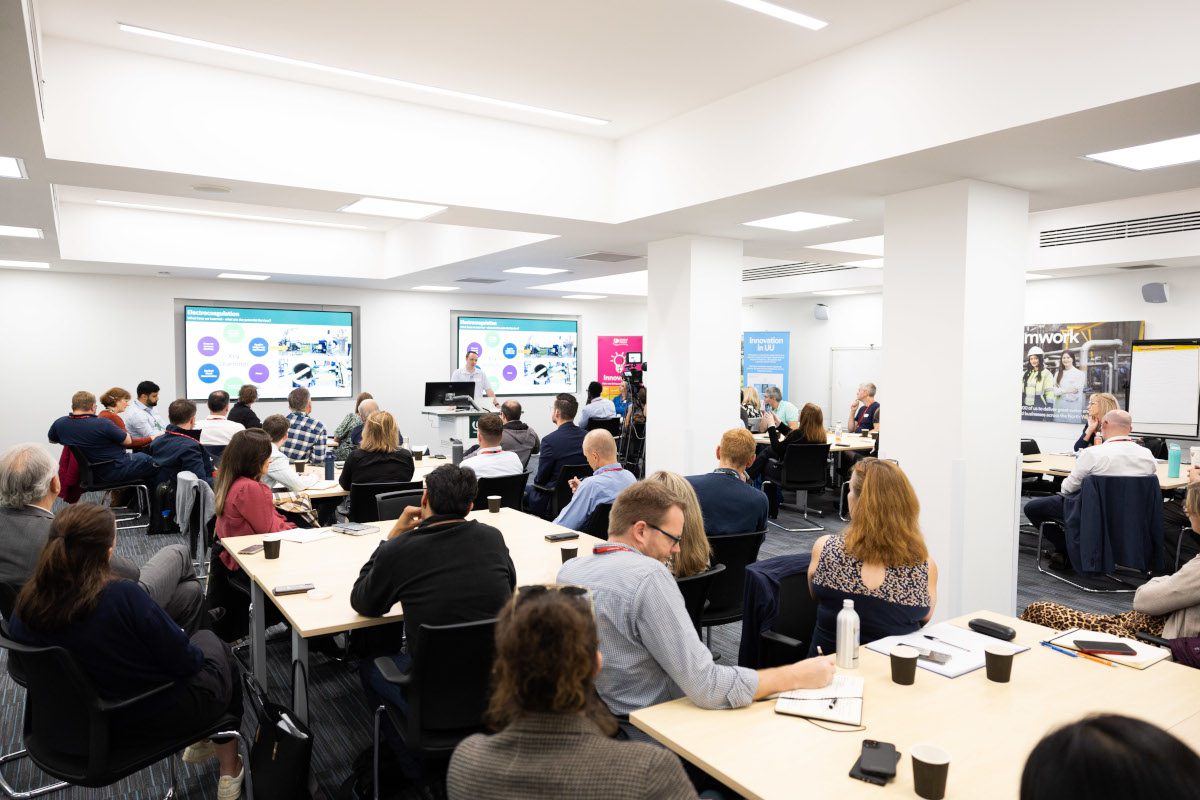
1. Electrocoagulation
The electrocoagulation process uses electrical reactions to bind particles together. Four electrocoagulation systems were trialled over 14 months at United Utilities’ Woolton wastewater treatment works (WwTW) in Liverpool.
The trials showed that electrocoagulation effectively removed phosphorus without requiring liquid chemical dosing. Two technologies showed particular promise when compared to chemical dosing. The benefits of using electrocoagulation included a reduced impact on alkalinity, removal of health and safety risks associated with chemical storage and a potential to reduce carbon impact.
2. Natural coagulants
The use of natural bio-based coagulants is predicted to become more widespread in the coming years, as technology providers discover more natural materials that can offer sustainable phosphorus removal. Extensive laboratory research into extracts of materials including plants, algae and tree bark was undertaken by ALT-P researchers.
A six-month trial followed in a test lane at Woolton WwTW to compare the standard solution, ferric sulphate dosing, with natural coagulants. The research found that there is a viable method of phosphorus removal using natural coagulants, dosed in combination with ferric sulphate.
In a key outcome for the project, United Utilities has already started using natural coagulants at sites in Cheshire as part of their AMP7 investment programme.
3. Reactive media
Reactive media are a range of adsorptive materials which attract phosphorus to their surface. As with natural coagulants, opportunities to use reactive media are growing, as more materials become available.
Southern Water and the University of Portsmouth led research into seven new reactive materials, including cockleshell and catalytic carbon.
The trials took place at the university’s innovation hub at Petersfield WwTW in Hampshire, and at West Marden WwTW in West Sussex, using a mobile testing unit. Some promising results achieved very low phosphorus levels, particularly from Phosflow pellets, which are made from naturally occurring minerals.
United Utilities’ Chief Engineer – Innovation and Carbon, Lisa Mansell, said: “The ALT-P project has achieved fantastic outcomes, which can directly support the water sector’s drive to embed more sustainable treatment processes.
“Thanks to the levels of research undertaken, we have a greater understanding of the potential for alternative methods of phosphorus removal, the levels of operational input required, how much power is needed, the ideal site characteristics and what residual risks remain with the different technologies.
“With our project nearing completion, water companies have a package of evidence-based findings to inform designs of new chemical-free treatment systems. These innovative approaches will increase resilience, deliver financial and carbon savings and help maintain compliance, which will ultimately mean a cleaner environment.”
Future pilot projects to expand on findings and scope out the potential for widespread adoption are now being planned. Industry guidance for reactive media has also been written by the project team and is due to be published by the end of 2024.
Excess phosphorus is one of the biggest causes of water quality problems. Ever-tightening regulation in England and Wales is driving investment in AMP8. UK water companies currently spend in the region of £39 million a year on metal-based chemicals to remove phosphorous, with both demand and prices rising.
Chemical processes pose a particular challenge for small, rural sites, which have higher relative investment needs for phosphorus removal and limitations in terms of site footprint, transport logistics and community impact.
• The ALT-P project resources, including the full recording of ALT-P Day and interviews with project leads and partners, are now available on the Spring platform. The final project reports and dissemination toolbox will be released soon. Log in or register to the platform here to access all resources.




